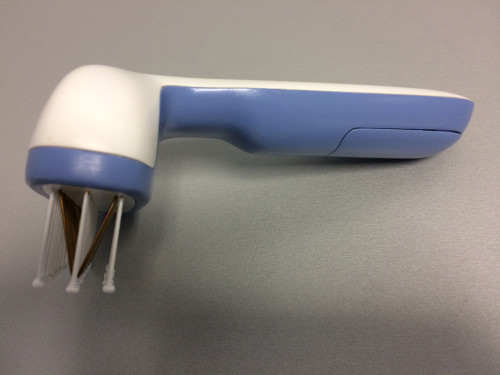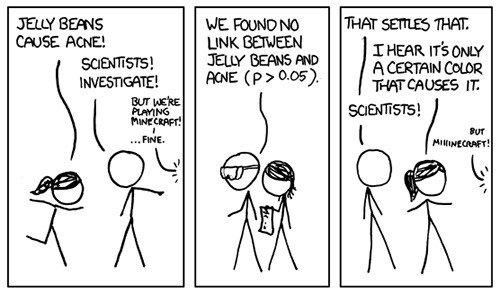Tag archives: medicine
On the frontline of the ‘reproducibility crisis’
By Margaret Harris
The “reproducibility crisis” in science has become big news lately, with more and more seemingly trustworthy findings proving difficult or impossible to reproduce. Indeed, a recent Nature survey found that two-thirds of respondents think current levels of reproducibility constitute a “major problem” for science. So far, physics hasn’t been affected much; the crisis has been most severe in fields such as psychology and clinical research, which, not coincidentally, involve messy human beings rather than nice clean atomic systems. However, that doesn’t mean it’s irrelevant to physicists. Last month, I had the pleasure of speaking to three physics graduates who have become personally involved in addressing the reproducibility crisis within their chosen profession: medicine.
Henry Drysdale, Ioan Milosevic and Eirion Slade are third-year medical students at the University of Oxford. All three earned their undergraduate degrees in physics, and they now make up one-third of COMPare – an initiative by Oxford’s Centre for Evidence-Based Medicine (CEBM) that tracks “outcome switching” in clinical trials. As Drysdale explained to me over coffee in an Oxford café, researchers who want to perform clinical trials have to state beforehand which “outcomes” they intend to measure. For example, if they are trialling a new drug to treat high blood pressure, then “blood pressure after one year” might be their main outcome. But researchers generally keep track of other variables as well, and often their final report focuses on a positive result in one of these other parameters (a dip in the number of heart attacks, say), while downplaying or ignoring the drug’s effect on the main outcome.
View all posts by this author | View this author's profile
Zapping head lice and a job that is out of this world

Nit picker: the cold plasma lice killer. (Courtesy: Fraunhofer IST)
By Hamish Johnston
Do your children have head lice again? Now you don’t have to comb their hair until your arm goes numb or cover their head with goop. Instead, you can zap them away using a plasma. I’m not suggesting that you put your child’s head into ionized gas that’s hotter than the Sun – it turns out that a “cold atmospheric pressure plasma” will do the trick.
That’s the claim of researchers at the Fraunhofer Institute for Surface Engineering and Thin Films in Göttingen, Germany. The team has created the above prototype, which creates a plasma using a high-voltage generator that sends short pulses to the teeth of the comb. The pulses ionize air molecules surrounding the teeth, but they are so short that the resulting plasma does not heat up. The charged ions and electrons in the plasma make short work of killing lice and their eggs, but are harmless to humans – at least according to Wolfgang Viöl and colleagues, who will be unveiling their device later this month at the MEDICA trade fair in Düsseldorf.
View all posts by this author | View this author's profile
